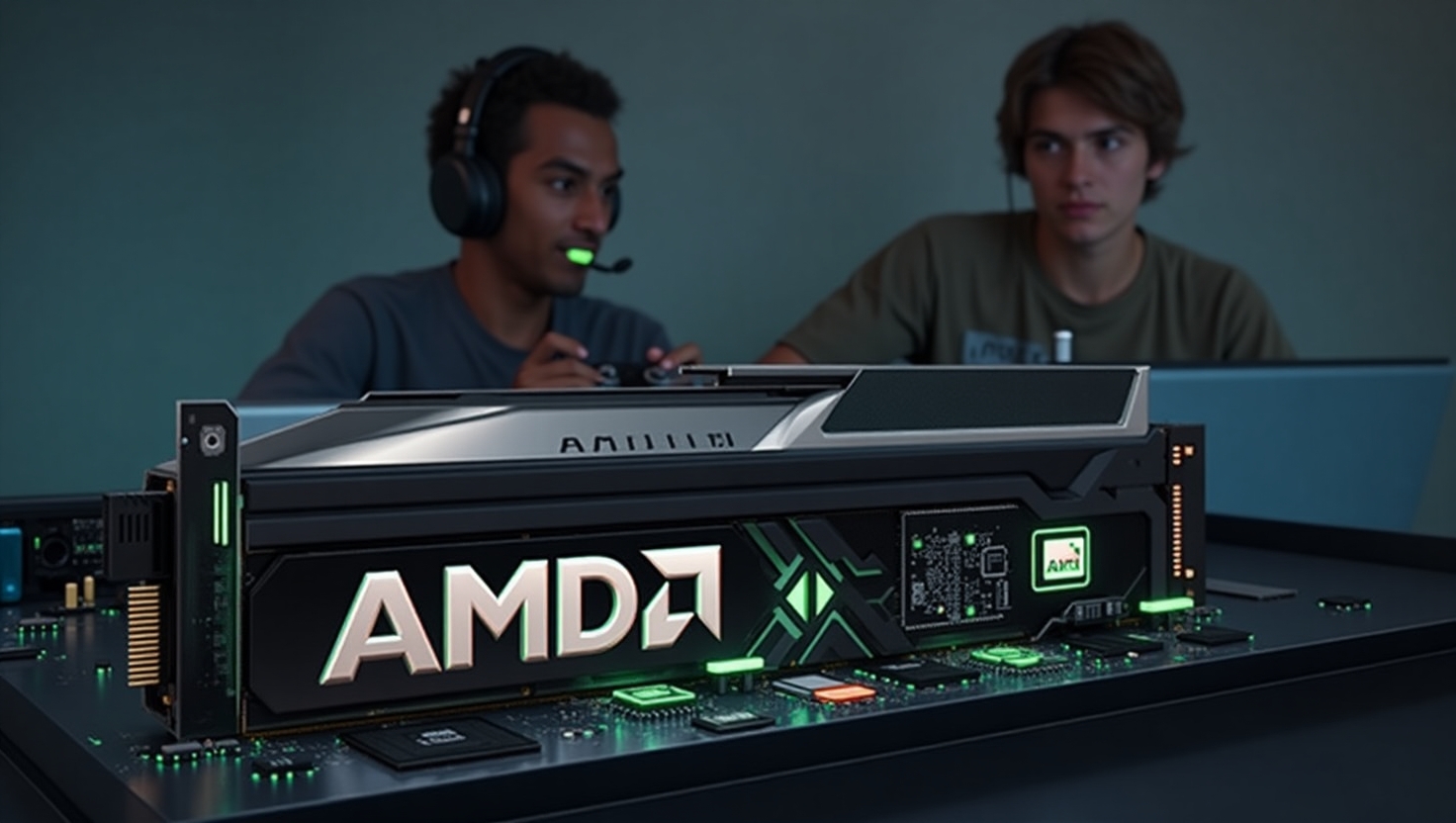The Future of AMD Frame Generation: Boosting Gaming Performance with AFMF
Introduction
In the ever-evolving world of gaming technology, AMD frame generation is emerging as a pivotal innovation, promising to redefine how gamers experience their favorite titles. This cutting-edge technology is crucial in enhancing _gaming performance_, providing smoother visuals and more responsive gameplay, akin to transitioning from standard television to high-definition. As gaming continues to push the performance envelope, understanding the intricacies of AMD’s frame generation technology offers insight into the future of immersive experiences.
Understanding AMD’s Frame Generation Technology
So, what exactly is this technology? AMD frame generation refers to a suite of techniques employed to create additional frames during game rendering, resulting in smoother and more fluid visuals. At the heart of this technology lies Radeon graphics, tasked with executing these advanced processes. By leveraging AMD’s proprietary algorithms, this technology intelligently predicts and generates intermediate frames, significantly enhancing _Radeon performance_ and delivering enhanced animation fluidity without demanding excessive computing power.
Key Features of Fluid Motion Frames 2.1
Introducing the latest evolution, Fluid Motion Frames (AFMF) 2.1. This technology represents a milestone in AMD’s quest for superior gaming experiences. One standout feature of this update is the Fast Motion Response mode, designed to combat motion blur and deliver crisp images during high-speed gameplay. Imagine watching a car racing game where every vehicle blur detail is eliminated, providing gamers an edge in responsiveness and clarity.
The benefits of AFMF are profound, improving not only eye-popping graphics but also ensuring gameplay remains smooth, irrespective of the game’s intensity. It has become a game-changer for action-packed storytelling games where every frame counts. As highlighted by PCGamesN, \”Users can now choose between techniques that either repeat the last frame or blend frames for smoother motion,\” providing gamers with flexibility and optimization (source).
Comparing AMD Frame Generation with Nvidia’s DLSS
In the realm of frame generation, Nvidia’s DLSS (Deep Learning Super Sampling) has long been a juggernaut. However, AMD’s AFMF aims to provide stiff competition. DLSS focuses on leveraging AI to upscale lower-resolution frames, thereby improving graphical fidelity while maintaining performance—a critical aspect where AMD’s AFMF is geared to excel.
AMD’s edge lies in its open-source approach, potentially providing broader compatibility across hardware. The advancements in _AMD graphics_ focus on accessibility and customization, offering gamers tools to tailor their experiences. The real question is how these technologies will evolve, especially with the rumored AI enhancements in AMD’s pipeline, creating a battlefield for frame generation supremacy (source).
Hardware Updates: Maximizing Radeon Performance
To fully harness the potential of AMD’s AFMF, it’s essential to equip oneself with the latest hardware. The Radeon RX 7000 and RX 9000 series stand as champions in delivering unprecedented _Radeon performance_. These GPUs support the newest AFMF updates, ensuring that gamers can unlock the full capabilities of frame generation technology.
For gamers seeking to optimize performance, consider updating to these models. Not only do they support the latest features but also prepare hardware enthusiasts for future integration of AI enhancements and software improvements that promise to redefine gaming performance.
Future Prospects: AI-Enhanced Frame Generation
Looking ahead, whispers in the industry suggest that AMD is on the cusp of integrating sophisticated AI capabilities into its frame generation technology—a concept already glimpsed with adjustments in their FSR (FidelityFX Super Resolution) Redstone. As this unfolds, the potential to further enhance graphics quality and _gaming performance_ will be akin to upgrading a vehicle’s engine for more speed and efficiency.
This AI integration stands to revolutionize gaming by predicting and crafting frame-by-frame nuances with uncanny accuracy, transforming every gaming moment into a cinematic delight.
Conclusion
In essence, the advancement of AMD frame generation technology represents a significant leap forward in the gaming world. By enhancing frame rates and refining graphical presentation, it offers an experience that not only meets but often exceeds gamer expectations. As AFMF continues to evolve, with future prospects of AI integration poised to redefine the landscape, one thing remains clear: the horizon is bright for gamers and tech enthusiasts alike. With AMD’s proactive strides, the future of gaming is not just about playing but immersing oneself in worlds more vibrant than ever before.
For more on AMD’s exciting developments, visit PCGamesN.
—
Related Articles:
1. Fluid Motion Frames boost with new technology
2. DLSS technology overview and comparison with AMD

